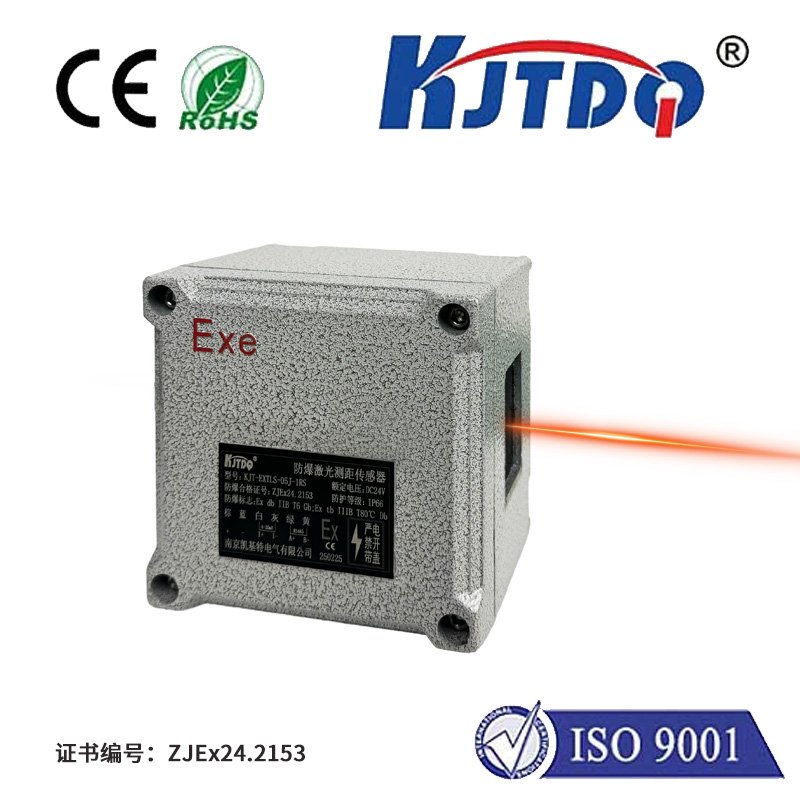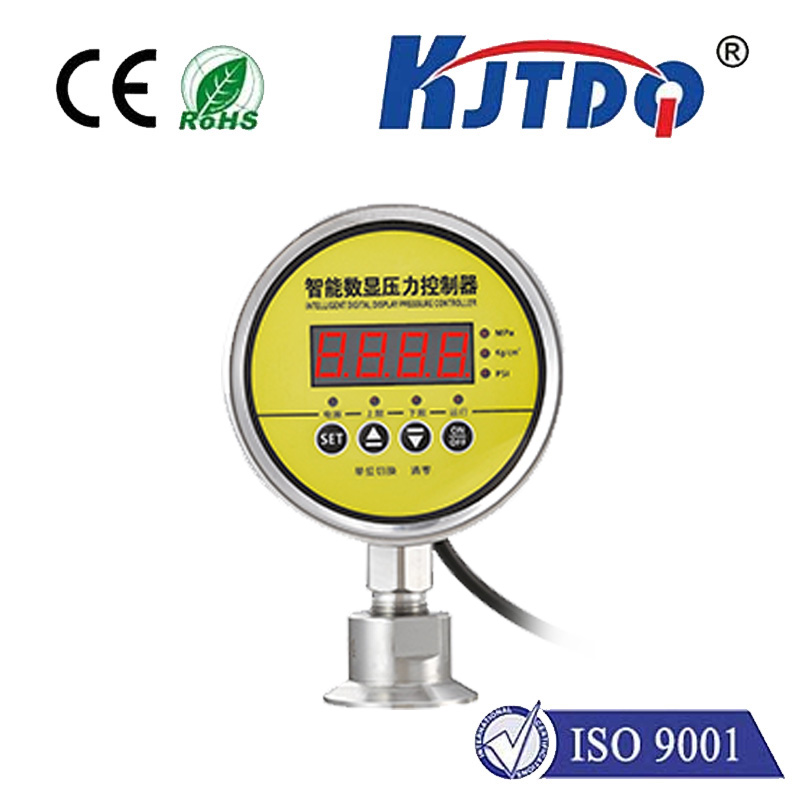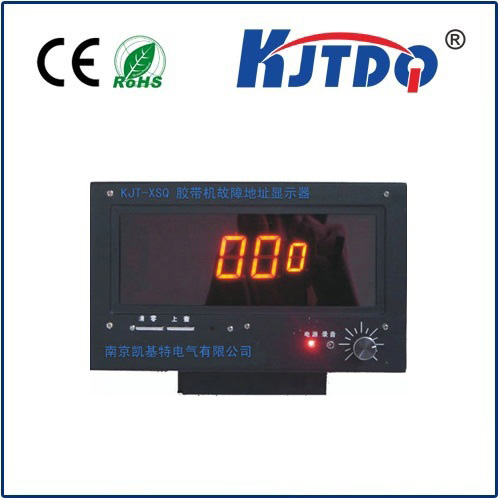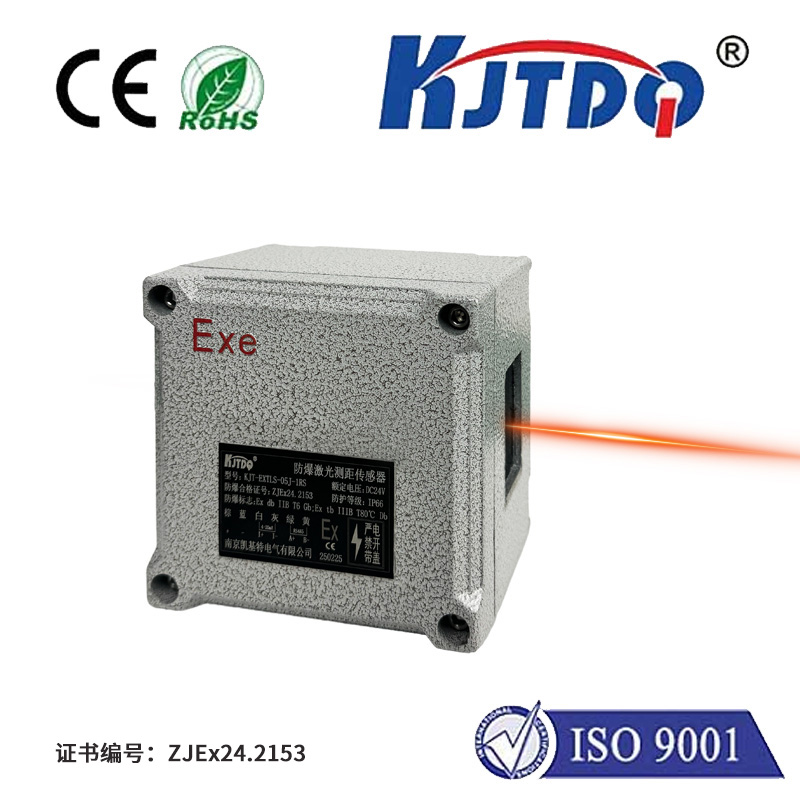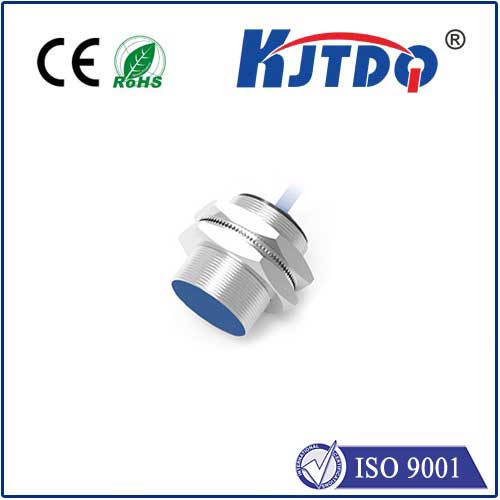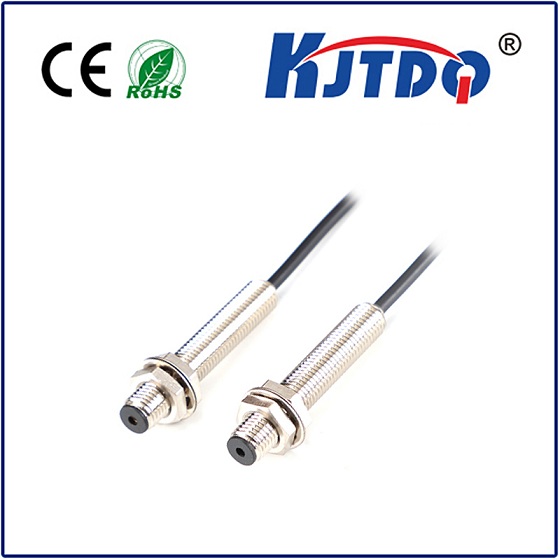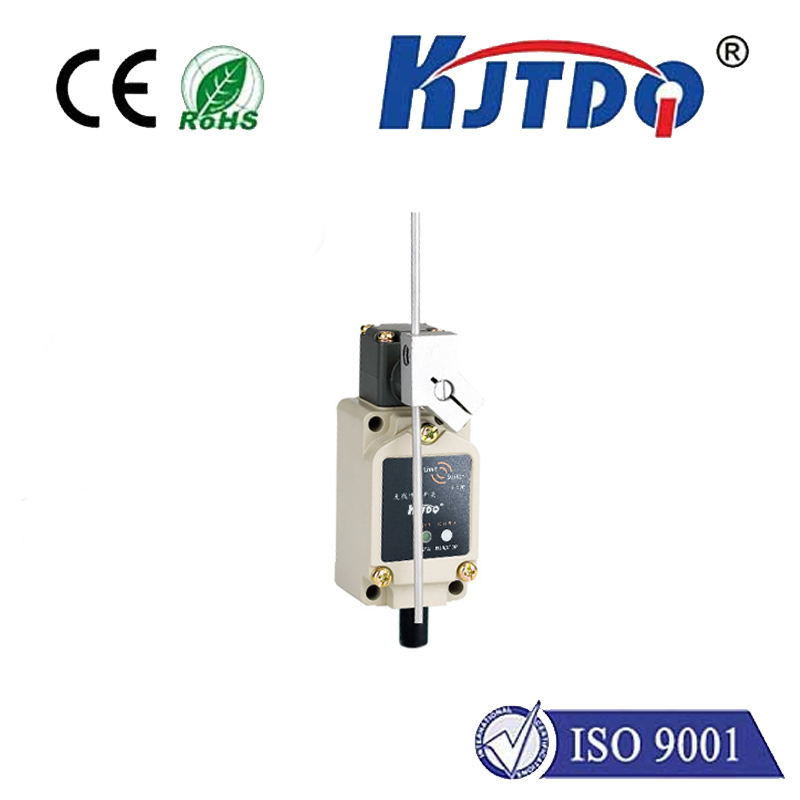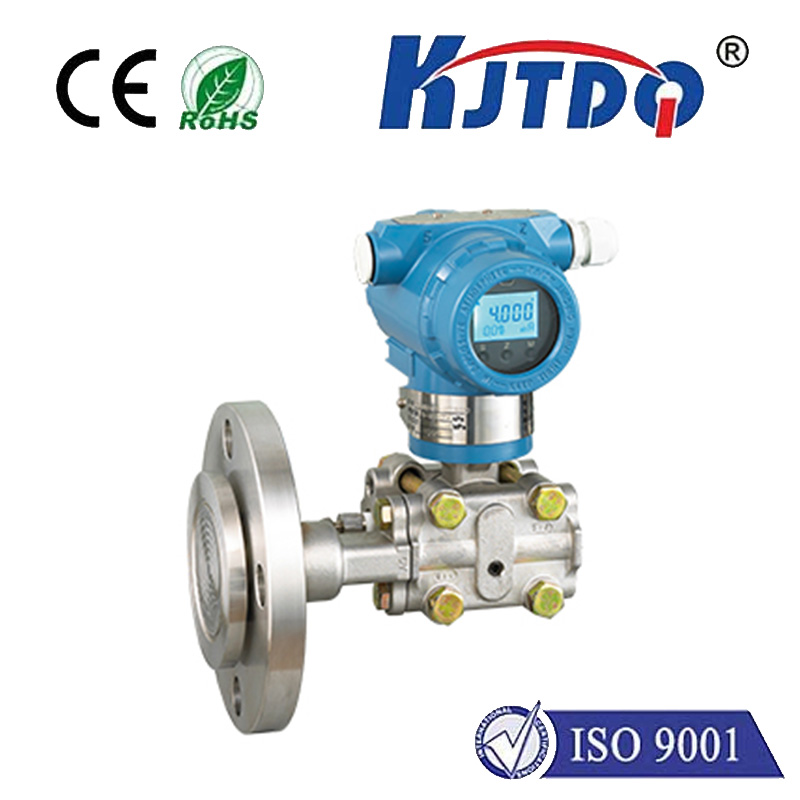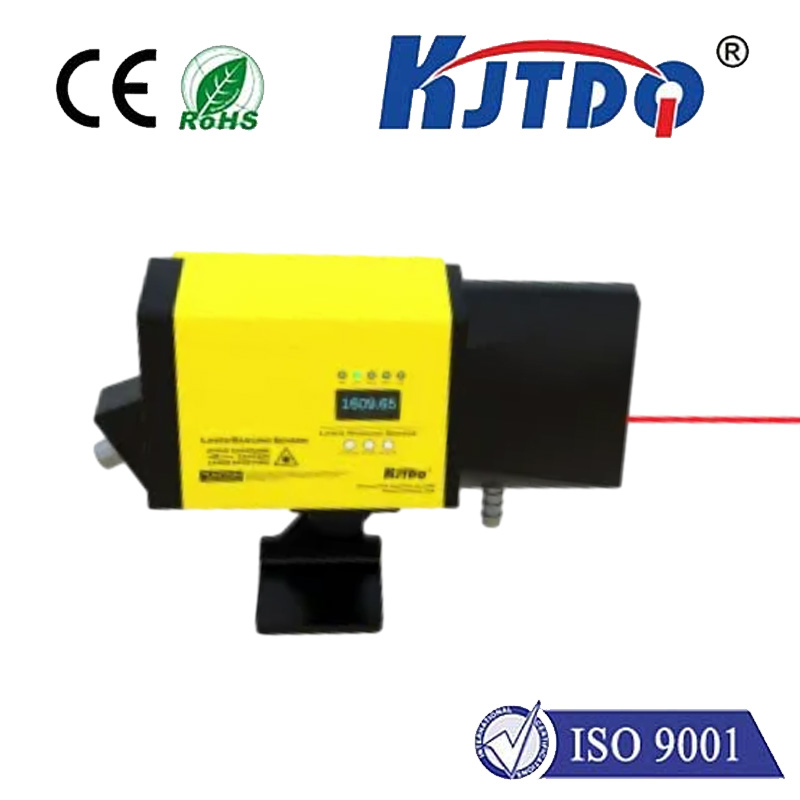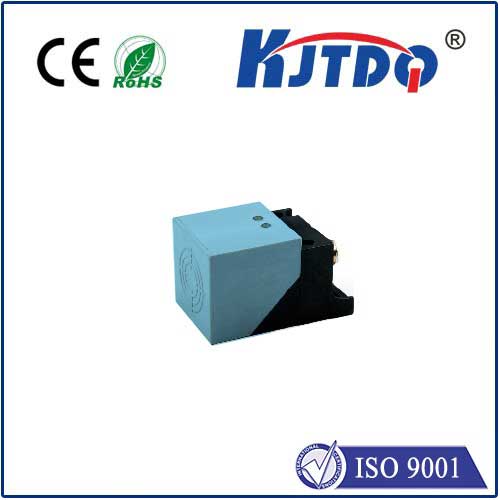In the rapidly advancing era of intelligent technology, sensors have become essential tools for device perception and interaction. Among them, the “proximity light sensor” stands out due to its unique integration and multifunctionality. This article will delve into the working principle, practical application, advantages, and development prospects of the proximity light sensor, providing a comprehensive understanding of this technology.
The proximity light sensor is an innovative device that combines an ambient light sensor (ALS) with an infrared emitting diode (IRED) proximity sensor. It works on the principle that the IRED emits infrared light pulses, which are then reflected back when they hit an object. The reflected light is received by a photo detector, and the change in light intensity is converted into an electrical signal. By analyzing this signal, the distance between the sensor and the object can be calculated. In addition, the ambient light sensor within the proximity light sensor can detect the intensity of surrounding light, enabling the sensor to perform more accurately under different lighting conditions. For example, in bright sunlight or in total darkness, the proximity light sensor can still provide stable performance.
Proximity light sensors are widely used in many fields, including but not limited to:
Smartphones and Tablets: In these devices, proximity light sensors can automatically turn off the screen to save power and prevent accidental touches when held close to the face during calls or when placed face down.
Wearable Devices: In smartwatches and fitness bands, proximity light sensors can detect whether the device is being worn and automatically adjust display settings to enhance user experience.

Промышленная автоматизация: In production lines, proximity light sensors can be used for non-contact measurement of the position and movement of materials or components, improving production efficiency and safety.
Smart Home Systems: In smart lighting systems, proximity light sensors can automatically turn lights on or off based on the presence or absence of people in a space, achieving energy savings and comfort.
Compared to traditional single-function sensors, the proximity light sensor has significant advantages:
High Integration: Integrating multiple functions into one chip simplifies design complexity and reduces costs.
Energy Efficiency: By intelligently adjusting device status based on environmental changes and object proximity, energy consumption is effectively reduced.
Wide Applicability: Suitable for various scenarios and devices, demonstrating strong adaptability and flexibility.
User-Friendly: Through precise detection and response, it improves user experience and convenience.
With continuous advancements in technology, the capabilities and applications of the proximity light sensor will be further expanded. Future development may focus on the following areas:
Increased Detection Precision: With improvements in sensor materials and technologies, detection precision will be further enhanced to meet higher requirements in various applications.
Broader Application Range: As sensor performance improves and costs decrease, proximity light sensors will be applied in more emerging fields such as smart cities and autonomous driving.
Integration with AI Technology: Combined with artificial intelligence algorithms, proximity light sensors will have better adaptive and learning abilities, providing more personalized and intelligent services. The proximity light sensor, as a product of technological innovation, is transforming our interaction with the world. From smart devices to industrial automation, it is making our lives more convenient and efficient. Looking ahead, with ongoing technological advancements and expanding application areas, the proximity light sensor will undoubtedly play a more significant role in our lives, adding more brilliance to the future.
